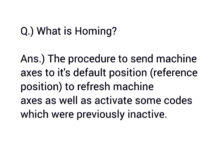You need a healthy lifestyle. To achieve your well-being as a person, you need proper food, exercise and rest. This also applies to your dog.
Pet owners fail in this concept. They are content to see their pets waiting for them when they get home from work. This routine continues until the last days of their lives.
We don’t want you to end like the above mentioned. If you are into responsible pet owners, having them a regular healthy routine can keep them well.
However, I know the next excuse: you don’t have that much time to do the routine for your pet. Don’t worry; this suggested routine is good for owners who need to go out for work.
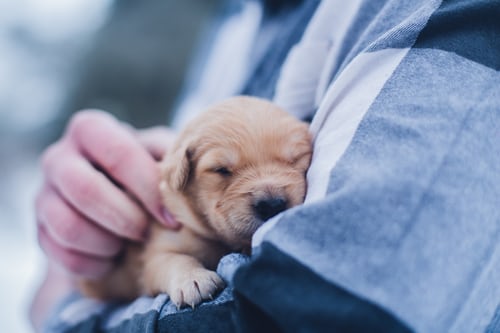
What Science Says About Pet Routine
As much as we want your pet to have a daily routine, an appropriate one should always be considered. It is foolish to create a strict routine which oftentimes both of you cannot follow. This will only add to the stress that your dog has.
When you buy a dog, especially that is mature enough, anxiety due to separation plays a big role. No matter how happy your dog seems to be, adjusting to a new environment will kick in sooner or later. Therefore, you need to establish a healthy routine that is appropriate for your pet.
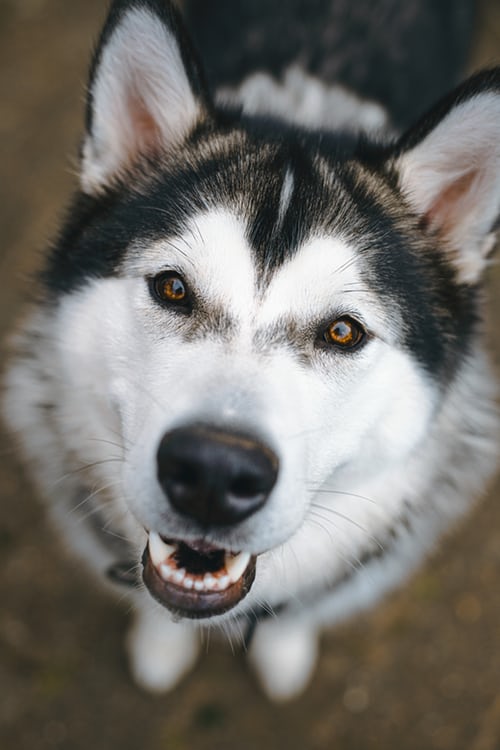
What to Consider Before Creating a Pet Routine
Many pet-friendly blogs and websites often suggest routine without considering the following factors. Remember, each dog is different from one another, regardless of breed.
Before sitting down to the table, you must consider the following:
1. Age of your dog
A puppy has a lot more separation anxiety compared to older dogs. Physiology speaking, a child separated from parents is stressed and there will be a lot of crying. The younger the dog you have, the more attention it demands through the transition period.
2. Size weight and breed of your dog
The rule of the thumb is simple; regardless of how big or small, the dog is they need to get exercise and movement regularly. Larger dogs with lesser activity tends to bore easily. Of course, the boring dog is stressful.
A dog needs 30 minutes to two hours of exercise every day. Varying exercises should be considered, depending on the targeted exercise program. It could either be for cardiovascular, dieting, weight loss or toning the muscles.
Hunting dogs need most hours exercising. Labradors, hounds, shepherds, and collies are common types of hunting.
3. Medical History of Your Dog
While dogs come with breed and sizes, they also come with medical conditions. Common illnesses of dogs may be associated with heart or lung problems. Some may be born with a disability. Obesity is another medical condition you need to watch.
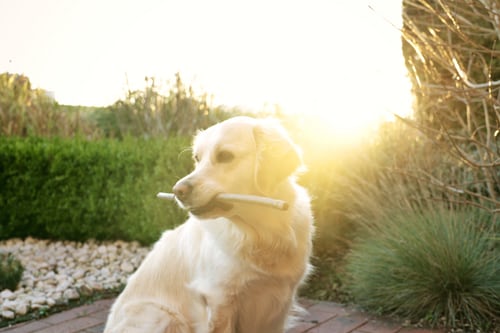
Suggested General Routine for Your Dog
This routine will be for all kinds of dogs. We generalize them so that it can suit you as a busy pet owner. In study, a change in routine cannot be avoided since you cannot control your schedule, unless you stay full time in your home.
To memorize this routine, we created the acronym CHEER that stands for Check Health, Eat, Exercise, and Rest.
Check Health
Having a dog means a regular visit to your veterinarian. Make sure it’s vaccinated since it was born. If you just adapted it, make sure you have at least a portion of the latest medical condition even though anecdotal records.
For vaccine concerns:
Puppy
- Every 3-4 weeks until he/she’s 16 weeks old
- Dogs may need for anti-rabies
- Adult 1 to 10 years old
- Distemper- parvo and rabies boosters for a first yearly checkup then every 3 years
- Also head-to-tail examinations for any signs of illness
Adult 10 years old up
- Twice a year
Other over-the-counter dog medications are safe. If your pet has problems with a tick, with its teeth, or any external concern like skin and hair, you can simply use these without any problem at all.
Eat
Food is the best conditioning element when you want your dog to have a routine. Many would ask about in between foods, or so-called treats. It’s OK to have them but you should be careful not to spoil your pet’s appetite. Give your dog only with small portions.
There are many dog foods you can choose from. These dog foods are highly recommended but always consider no filler dog food. If you want to have a toned muscle, and good haired pet, a balanced diet is necessary.
For puppy (4 weeks after birth)
Feeding time: Thrice a day (Morning, Noon, Evening)
Remember that 4 weeks after birth is the start of feeding time. The milk of the mother is no longer sufficient in supplying the nutrients the puppy needs.
For an adult (smaller size)
Feeding time: Twice a day (Morning and Evening)
Is the food for the large and small breed the same? Technically speaking, yes. The only difference is in portion. You might also want to consider the activity of your pet. An inactive dog must have less food to avoid heart diseases and obesity.
What should be the food composition?
There are three types of dog food you may find in the market. These are the dry, semi moist, and canned. Talk to your vet to what food is suitable to your pet, but as a general advice we suggest you check the label and look after percentages of the following:
- Protein
- Fat
- Fiber
- Water
Depending on your pet needs, these come with percentages. For example, your puppy might want more protein for growing muscles, so you need a dog food with 27% protein. A dog with a digestive problem needs a more fiber-rich content food.
There are many dog food that offer specific to balanced nutrients.
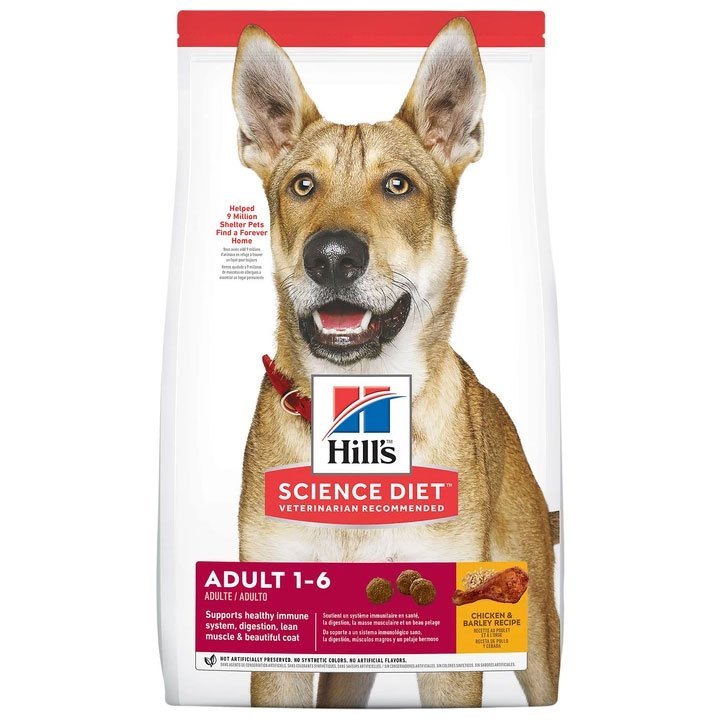
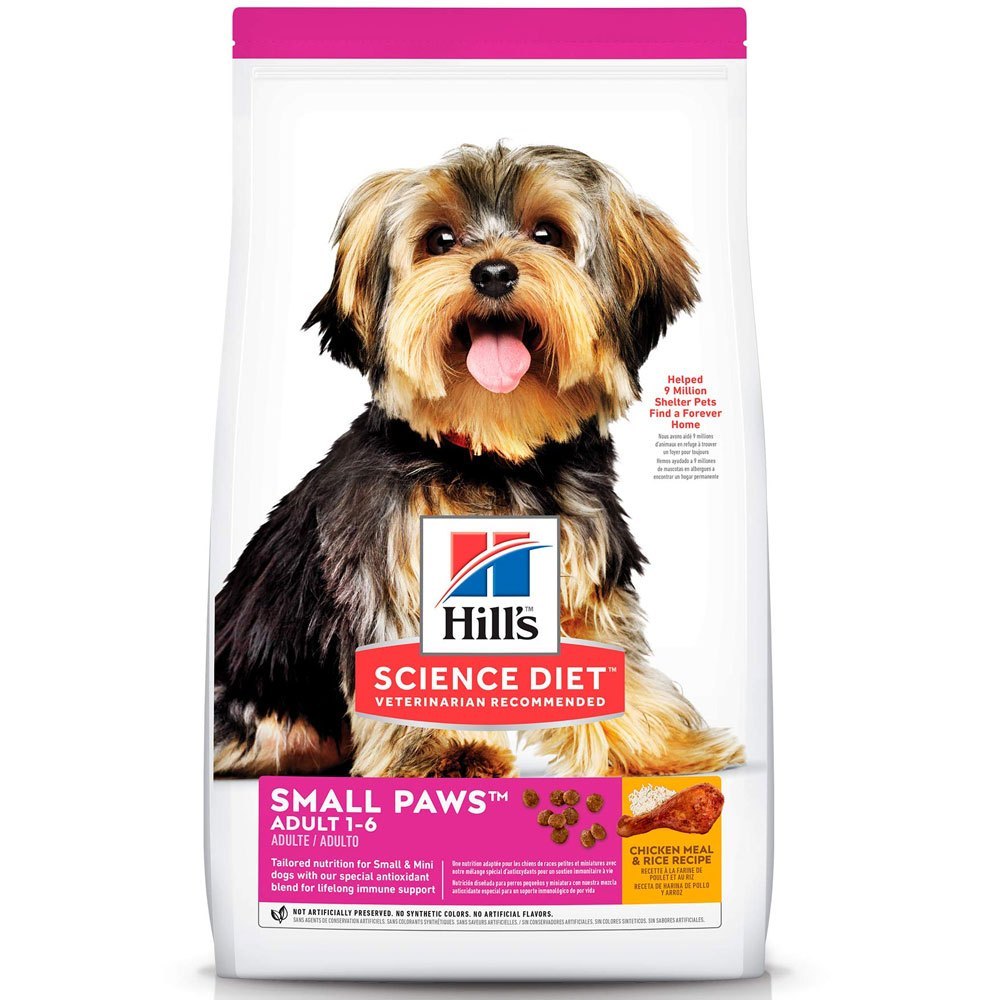
Exercise
There are many activities and exercise for a dog. You must know what your target exercise is. Are you targeting the stamina of your dog? Then you need more running for cardiovascular.
Outdoor exercises will always be superb compared to indoor that requires dog exercise equipment like a wheel, or treadmill.
For general exercise program:
Morning:
- Walk or jog for 30 minutes after doing its “business”.
- Play Fetch
- Play
- Tug
- 9: 00 am to Noon
You can now tune the exercise into an intense one if necessary.
Afternoon
- Running
- Hiking
- Swimming
How much exercise does your dog need?
It depends on your veterinarian’s advice, size, breed, and your dog’s medical history.
Take note: Outdoor exercises need a very good and safe, durable and soft collar.
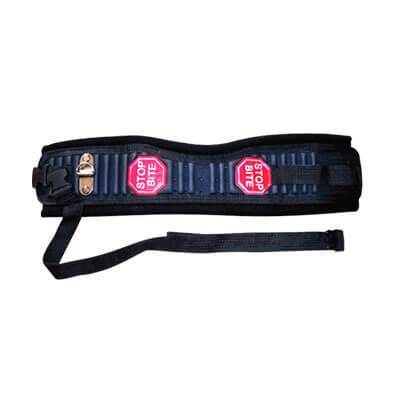
Rest
Like a human, dogs need rest to heal and recover. Many say 50% of dogs spend their days resting. But always consider the mentioned factors in making routines.
Rest in dogs has two different types, depending on the needs of it. These are cage and crate rest. Cage rest is needed when your dog needs total isolation to prevent infection or injury. Crate rest is for more casual lying down inside and outside your home.
An adult dog sleeps for 12-14 hours a day. Puppies need more than that,18 hours a day. Usually, nap times include 2 pm or after a heavy activity like intense exercise. But they have a different sleeping pattern, just like a human.
Remember this acronym, CHEER!










